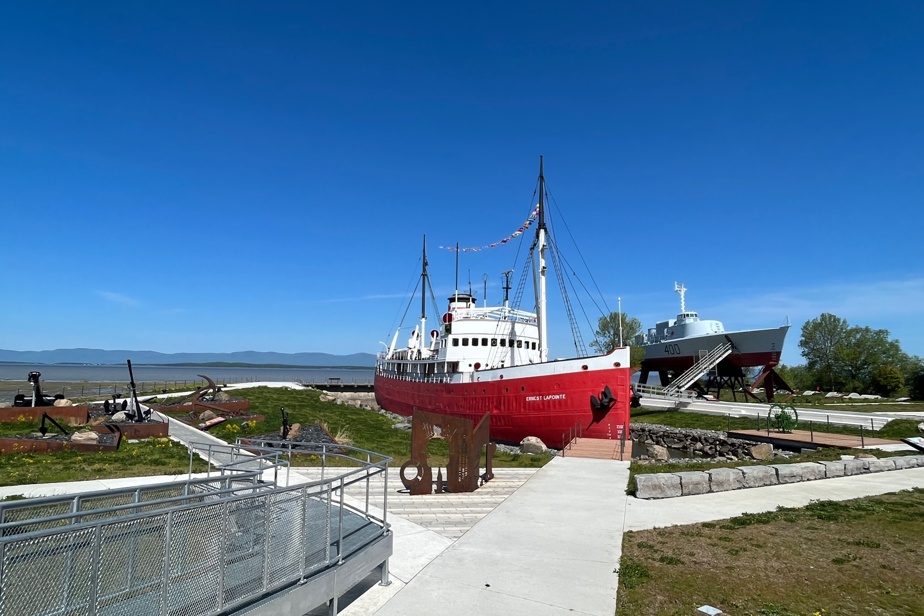The maritime museum created in the heart of the beautiful region of the Côte-du-Sud includes three boats to discover, an open-air exhibition, temporary exhibitions and other permanent ones. The visit, inside the building and in the park, can take a day, which is very instructive and pleasant, especially since you can bring your own lunch! We learn a lot of things in this museum, encountering all kinds of nautical objects, propellers, anchors, rudders, rowboats, etc.
Several activities will delight the youngest, in particular a playful learning of maritime signalling. But also a family game, the Aputi Challenges, and the discovery of a website that allows you to see the impressive traffic of boats on the river and around the world.
New: the museum has recently offered an immersive experience that allows you to become, for 20 minutes, an underwater archaeologist. We “virtually” dive to the bottom of the river to discover the wreck of the Scottish ship Scotsman which sank off Rimouski in 1846, well before the river was marked and the seaway dug. The activity is put into context with a story of shipwrecks in the river over the centuries that resulted in the deaths of thousands of sailors, including the sinking of the Empress of Ireland, also off Rimouski, in 1914.
After this context, we are placed an Oculus headset on our head and off we go! You orient yourself “in the water” with a virtual flashlight, while seeing around you the three other “divers” who are doing the same prospecting of the place. We spot objects found on the scene of the sinking of the Scotsman in 2002. The experience is also a game that allows you to discover artefacts. A perfect activity for visitors over 10 years old.
Launched in 1941, the 52 m long icebreaker Ernest Lapointe is the star of the museum. We visit it from top to bottom, from the deck to the engine room, passing through the cabins of the captain, officers and sailors. This steamboat, one of the last to sail on the St. Lawrence, accommodated a crew of 32 people. It was used as a shuttle to transport soldiers to the front during the Second World War between Goose Bay and Canadian ships stationed in the Atlantic. It bears the name of Federal MP Ernest Lapointe (1876-1941), who notably worked to make Canada more independent from Great Britain.
You can also visit the hydrofoil, a unique prototype of the Canadian Navy that never really entered service. And discover the tiny sailboat J. E. Bernier II which crossed the Northwest Passage in 1977, a first for a boat of this size. A map engraved on the ground in granite illustrates the expedition (with return by the Panama Canal) of 34,200 km whose leader was the navigator Réal Bouvier.
On the site, we also discover the interactive installation ESPACEment, by Jean-Sébastien Veilleux. An augmented reality work that allows you to see, with a digital tablet, objects materialize around you. This is a work that addresses the problem of microplastics that pollute the seas and rivers, which fish swallow and which represent a danger to human health. “The St. Lawrence is the river where the density of the presence of microplastics is the greatest in the world”, says the artist.
For this work, hundreds of photographs of polluting materials were taken by Jean-Sébastien Veilleux and by citizens on the banks of the river, as far as Sept-Îles, during the pandemic. A research project linked to augmented reality technology which makes it possible to visualize this pollution problem and to become aware of it.
If you have time left, you can discover the museum’s collection of model ships as well as the permanent exhibition dedicated to Captain J. E. Bernier (1852-1934), a local sailor who spent his life at sea, particularly at the North Pole. Note that admission to the museum is free every first Sunday of the month. Good visit !
